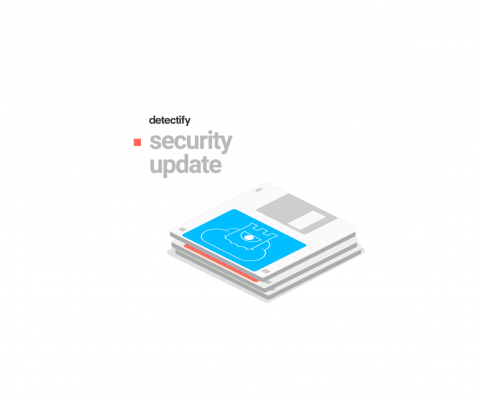What is an SLA? API Service-Level Agreements and How to Find Them
When you rely on a third party API for your application's features, it is important that you can reliably expect them work. Knowing that their uptime will be consistent, or greater than your own, and knowing that their support will be available if you identify a problem, can go a long way in making your choice of APIs easier. In this article we'll look at the Service Level Agreement, or SLA, and how it protects both you and the provider in the event of an outage or problem.











